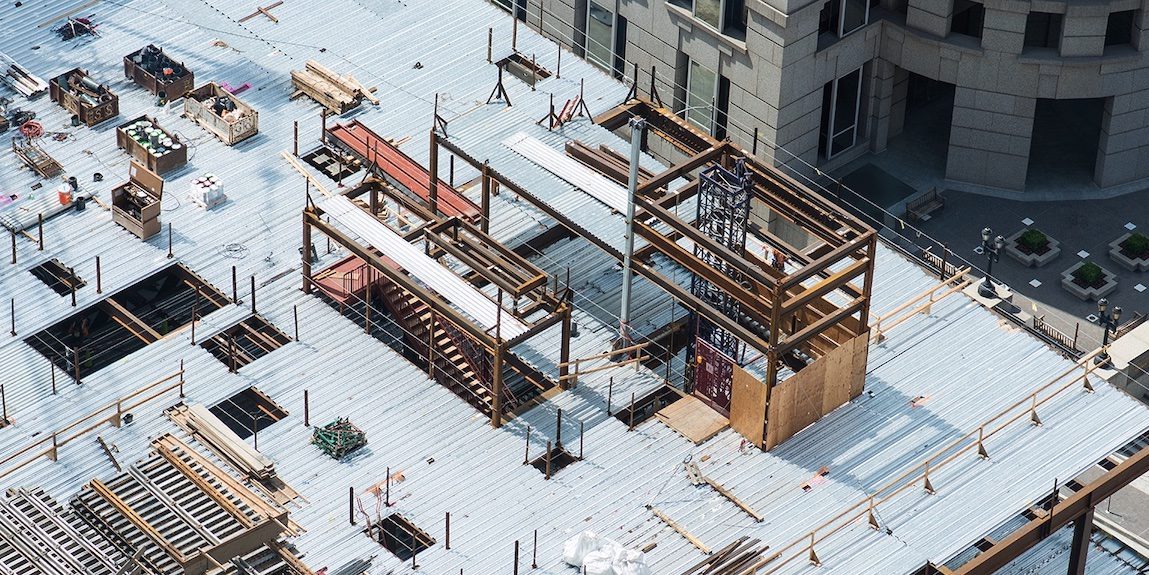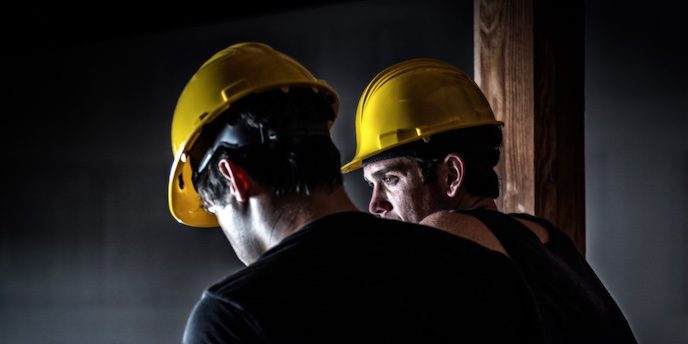

Construction work is typically considered to be a dangerous profession where many accidents happen. This means that employers must avoid safety hazards to construction workers. However, workers need to take precautions as well when working in a hazardous environment. This blog post will explain how you can avoid accidents and injuries by improving construction site safety.
You can see what services we provide right here.

Did you know that the construction industry fatality rate is more than double compared to the all-sector average? And minor accidents happen almost all the time. It is very difficult to guarantee safety for construction workers on construction sites, and almost every imaginable hazard exists in this working environment. Here are a few examples:
Working at high altitudes:
The construction of buildings often requires workers to work at great heights, which means that fatalities and injuries that involve high altitudes account for many accidents every year.
Moving objects at the construction site:
Working at a construction site is an ever-changing environment where building materials are being transported around the site. These kinds of hazards are almost inherent to the construction industry.
Falls, slips, and trips:
Many different activities are happening on construction sites. Falls, slips, and trips are bound to happen almost every day.
Electrocution:
Three construction workers are electrocuted every year when working with refurbishment on domestic and commercial buildings. Also, workers near overhead power lines and cables are at risk.
When you step onto a construction site, you should be aware of all the risks associated with construction work and how to avoid these risks. The construction managers’ responsibility is to make sure that every worker on the site knows the risks and dangers. They must also protect workers from these particular dangers.
It is always a good idea for even experienced workers to refresh their safety knowledge by attending training courses throughout the year. Accidents happen more frequently when workers are not sure what to expect. Proper communication with clear and concise instructions is essential, so construction site workers know how to do their job correctly.
Also, you should have the correct documentation of everything that is supposed to be done on-site to enforce construction site safety.
Another aspect is the use of proper gear and equipment. Adequate construction equipment ensures safety for everyone on the site. Ideally, each piece of equipment should be suited to the particular task at hand. Construction companies have to ensure that every part of machinery and material is properly maintained. So how do you prevent injuries and ensure safety on construction sites? Our DualID II helps you do just that.
The DualID II is a piece of equipment that acts as access control on machines. We have people who use it to ensure that only authorized personnel can use the equipment, making it much safer on job sites, as unlicensed users cannot access the equipment.

It is a good idea to create a document that outlines how a general contractor will provide a risk assessment on a specific project site and the health and safety requirements. A site-specific safety plan helps you do just that. The purpose of this document is to avoid all accidents.
In this plan, you should take the following into account:
It is also a good idea for you to include the following in your construction safety plan:
Responsibilities and the chain of command:
Who is responsible for safety on the construction site? Who on-site is trained in first aid or other types of emergency response?
Medical response:
What kinds of medical devices and services are available on the site, and how can you contact emergency responders in case of injuries?
Inspections:
How do you expect inspections to be conducted? And how often?
Communication:
How will you communicate safety and emergency protocols and procedures to construction workers? Which tasks require an introduction when a new employee is assigned to them?
Safety gear:
What kinds of PPE do you require for certain tasks? How often should you inspect or replace equipment?
Cleaning:
What tasks related to cleaning and maintenance should you do? Who is responsible for ensuring that equipment is properly stored after the work is done at the end of the day?
Reporting of accidents:
How do you handle procedures after an accident happens? How are you going to document accidents and injuries?
Construction sites are dangerous places. Many things are happening at once, and everyone is working hard to achieve the same goal. A moment may arise where someone unauthorized to use a vehicle may be inclined to do so. This can lead to dangerous situations that can be avoided by using telematics.
If you also want to keep your people and machinery safe, we can help you. You can request a demo here.
So bleiben Sie immer auf dem Laufenden. Wir senden Ihnen eine E-Mail, wenn neue Artikel zum Thema Telematik veröffentlicht werden.